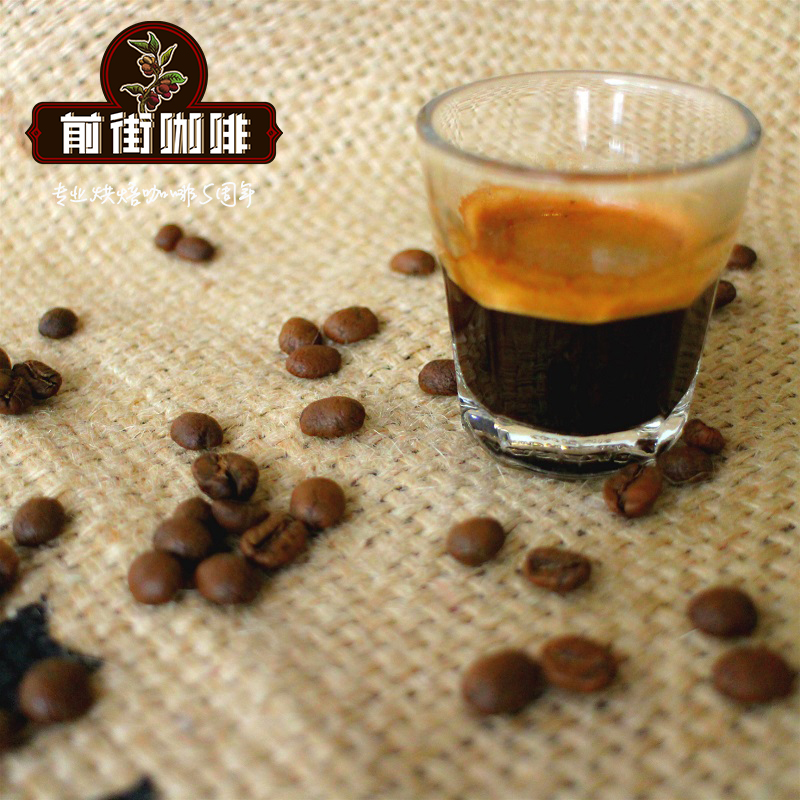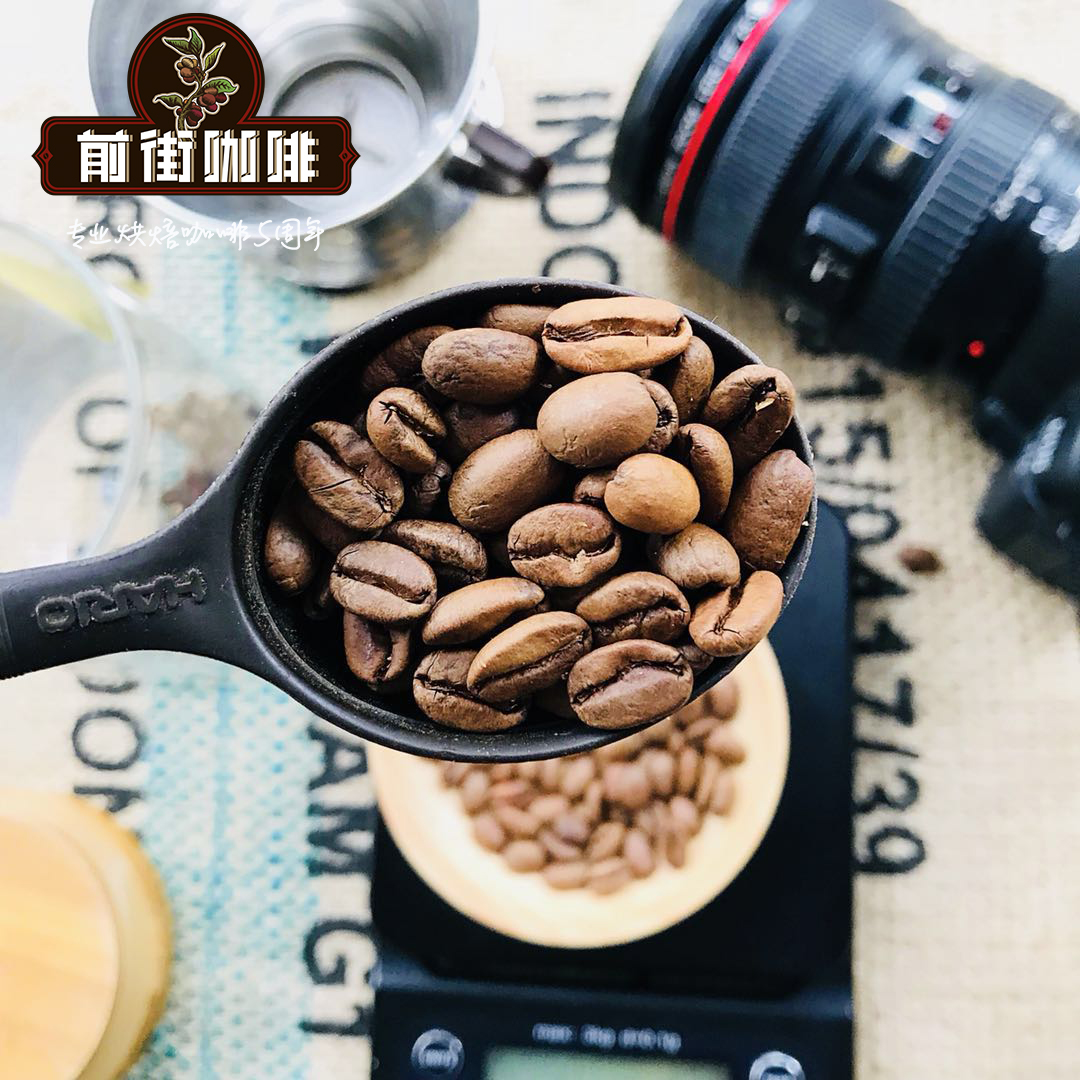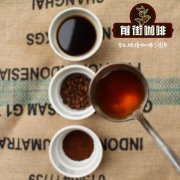A probe into the story of the sun-dried beans of Moka Matari in Yemen

Professional coffee knowledge exchange more coffee bean information please follow the coffee workshop (Wechat official account cafe_style)
The mention of Yemeni mocha coffee immediately reminds people of the magical sun-dried beans that taste thick and full, with layers of fantastic wild aromas like fermented tea, as mysterious and elusive as the country in Yemen.
Yemen is located in Ethiopia, across the Red Sea from East Africa, and is the highest quality producer of natural suntan coffee. The coffee produced in Yemen is called mocha beans. In fact, Mocha is an export port of coffee. In the early days, sun beans including nearby East Africa were exported from the port of Mocha to all parts of the world, so the sun beans produced in Ethiopia, including Yemen and East Africa, are collectively referred to as moka beans.
The natural sun treatment in Yemen is to manually harvest fully mature coffee beans and directly place the newly harvested coffee beans in a special coffee drying yard or in their own compacted soil front yard to receive the sun. During the sun drying period with Taiwan, rice is usually turned over with a wooden rake to keep each bean evenly dried. After about 20 days of coffee drying, remove the outer pulp and peel from the coffee beans. Yemeni coffee has a rich, complex, mellow, strong fermentation flavor and low acidity, coupled with the uncertainty of Yemeni coffee (when it rains in the season). It is not too much to call it the most special coffee in the world.
Yemeni mocha coffee grows in steep terrain with little rainfall, poor land and insufficient sunlight. Such unique and difficult conditions that are not conducive to coffee growth have given birth to the Yemeni mocha that can not be replaced by the coffee world. The main coffee producing area is Sanani, Matari and Ismaili.

This batch of coffee is from Matari, which varies in size and color and looks like small peas and empty shell bad beans (pictured in Boulogg), raw beans have a fermented wine aroma, unlike Ethiopian red cherry coffee with eye-catching strawberry sandwich biscuit aroma, but low-key, calm and full flavor of fermented wine is unmatched by sun beans in other countries.
There are many empty shell beans in the Yemeni mocha raw beans with different sizes and colors, which is the characteristic of the Yemeni mocha and the reason for its uncertain fragrance.
Shallow baking City (fragrance): when the coffee beans have not been ground, there is an aroma of peanuts after grinding with the aroma of fairy Hawthorn plum fruit wine, there is a hint of fermentation during the cooking process, the taste is changeable and complex, a little bit of gluten acid appears at the end of the mouth, the aftertaste is long, Shengjin is sweet and round with the feeling of Middle East milk tea for a long time, and there is sweet malt at the bottom of the cup. The light-baked Yemeni mocha is still constantly changing. It is suggested that after baking for 14 days, the fermented flavor of complex game is the best.
Re-baking (general C): it is very obvious that the Yemeni sun beans are like a soft wine, the beans contain the sweetness of cocoa chocolate, the whole style changes to gentle and introverted, but there will be an unexpected aroma at any time. The mellow aftertaste of mocha (fermentation) is symmetrically and continuously produced in the mouth.
Important Notice :
前街咖啡 FrontStreet Coffee has moved to new addredd:
FrontStreet Coffee Address: 315,Donghua East Road,GuangZhou
Tel:020 38364473
- Prev

What are the flavor characteristics of the mocha in Ethiopia? How is it different from the usual mocha coffee?
Professional coffee knowledge exchange more coffee bean information please pay attention to the coffee workshop (Wechat official account cafe_style) flavor characteristics: mocha coffee is sour and sweet, unique flavor, contains chocolate flavor, is a very characteristic pure coffee, drink of delicious lubrication, mellow taste for a long time, if the mix of coffee, is an ideal variety. Soft taste, with
- Next

What is the difference in flavor characteristics between Arabica coffee beans and robusta coffee?
More information about coffee beans Please follow the Coffee Workshop (official Wechat account cafe_style) there are more than 100 kinds of coffee in the world, two of which are Arabica and Robusta/Canephora. These two kinds of coffee are quite different in taste, composition and planting conditions. We will compare the difference between them below.
Related
- Detailed explanation of Jadeite planting Land in Panamanian Jadeite Manor introduction to the grading system of Jadeite competitive bidding, Red bid, Green bid and Rose Summer
- Story of Coffee planting in Brenka region of Costa Rica Stonehenge Manor anaerobic heavy honey treatment of flavor mouth
- What's on the barrel of Blue Mountain Coffee beans?
- Can American coffee also pull flowers? How to use hot American style to pull out a good-looking pattern?
- Can you make a cold extract with coffee beans? What is the right proportion for cold-extracted coffee formula?
- Indonesian PWN Gold Mandrine Coffee Origin Features Flavor How to Chong? Mandolin coffee is American.
- A brief introduction to the flavor characteristics of Brazilian yellow bourbon coffee beans
- What is the effect of different water quality on the flavor of cold-extracted coffee? What kind of water is best for brewing coffee?
- Why do you think of Rose Summer whenever you mention Panamanian coffee?
- Introduction to the characteristics of authentic blue mountain coffee bean producing areas? What is the CIB Coffee Authority in Jamaica?

